How do you use staging in MMD? What is the role of staging in the 12 Principles of ![]() animation? How can you use staging in MikuMikuDance?
animation? How can you use staging in MikuMikuDance?
Using Staging with the 12 Principles of Animation.
In writing about the 12 Principles of animation, explaining staging is the hardest principle to discuss. It encompasses so many factors. The goal of staging is always going to be same: lead your viewer to where you want them to focus their attention so that your idea presented clearly. Good use of staging will help tell your story in a way that is distinct and apparent, so your audience won’t miss any important details. The techniques for staging are varied. You can use character placement; camera angles; lighting; motion; costuming; color; expression and the list goes on. This alone, is what makes staging so difficult to explain.
The real trap in staging is trying to do too much at one time. Remember the audience can only see what you show them. Let’s imagine an example of bad staging, your scene shows someone in the foreground of a living room. Another character walks in, so you change the camera angle to show them walking into the room. Off camera, another person has brought a tray of food and drinks and sat next to the first character. If you cut to a wide angle shot the audience now sees three people and food. You have created an incongruity, your audience is now perplexed.
Setting the Stage
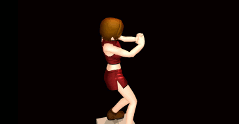 In order to make the afore-mentioned example better staged. You could cut to a wider shot showing all the action happening in one shot. If you want to get more elaborate with this, you could use a split-screen shot showing both actions simultaneously. Another option would be a POV shot from our seated reader and pan between the two people entering. There are all kinds of staging solutions that can be utilized.
In order to make the afore-mentioned example better staged. You could cut to a wider shot showing all the action happening in one shot. If you want to get more elaborate with this, you could use a split-screen shot showing both actions simultaneously. Another option would be a POV shot from our seated reader and pan between the two people entering. There are all kinds of staging solutions that can be utilized.
I used camera motion to show an example of staging. This demonstrates using dynamic motion on a stationary subject. “Every shot must count.” is one of those mantras that directors will tell you. It’s true. You have a limited amount of time to tell your story so make the time count.
Staging can also be done with music and sound. Two examples: (https://www.youtube.com/watch?v=YFBrIVCasE4 ) or sound effect can also stage your character. ( https://www.youtube.com/watch?v=zdIID_TGwhM ). Lighting can also focus your audience. You could literally put your subject in a spot light. Motion (or lack thereof) could guide everyone’s attention. If everyone is still, but your protagonist is the only one moving (or vice versa). That will draw the audience’s attention to where you want them.
Another facet of staging to keep in mind is “what is the purpose of your shot, or character placement?” Just because you can do something, doesn’t make it a good idea. For example, I can shoot a scene where two people are having a serious heart-to-heart discussion and then turn the camera angle upside-down. Not only does this distract your viewers, but something worse could happen. You would get an unintentional laugh! You’ve now lost purpose and the audience.
One of the greatest aspects of staging is there are so many ways to show off your creativity. One of the hardest aspects of staging is that there are so number of ways to show off you creativity. You are only limited by your resources and imagination. Yet, you have to make a decision. Once you do that, you are ready to move on to the next stage.
Have fun with this.
Sources:
Models: Default MMD Meiko
Meiko’s pose data by Tehrainbowllama
Cardboard Boxes Donburiroom
Effects: AdultShader
– SEE BELOW for MORE MMD TUTORIALS…
— — —
– _ — –

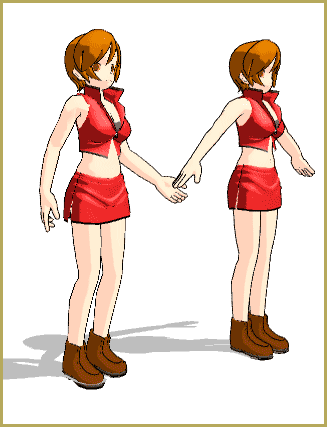
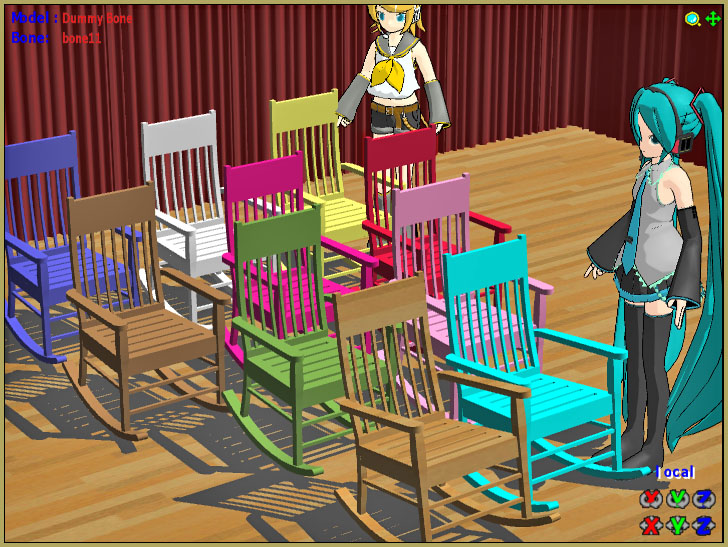
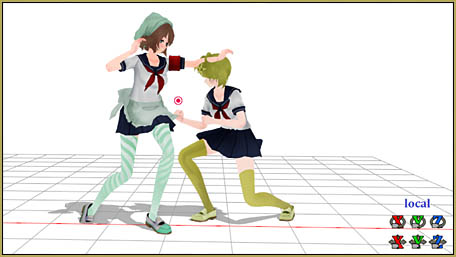
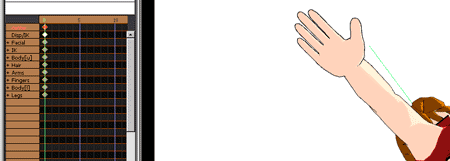

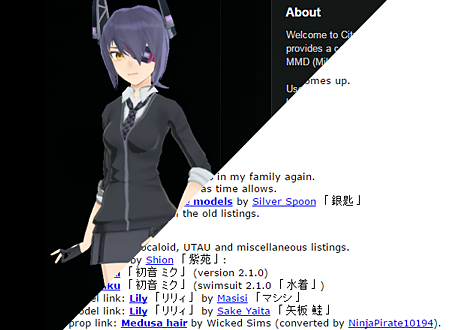
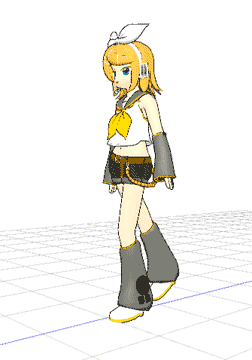
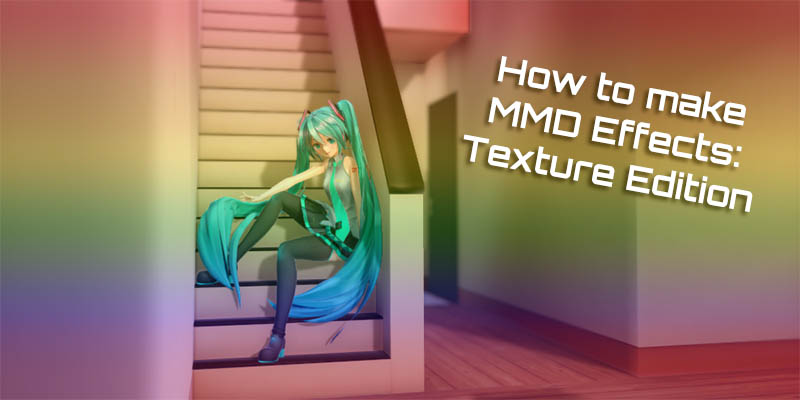

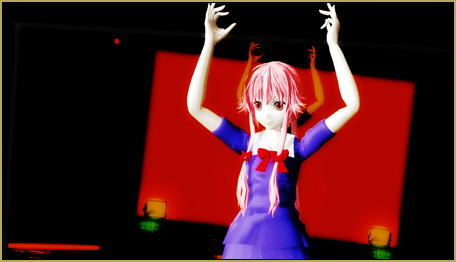


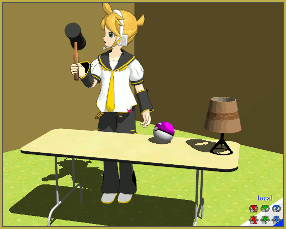
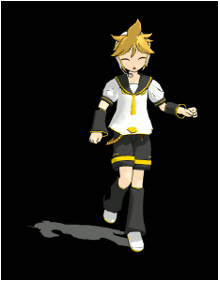

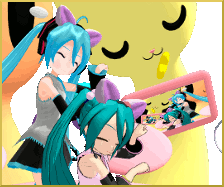




Yea, staging is one of the most difficult to teach and learned from those 12. The only way to master it is by nothing else but to try and actually MAKE those scenes. Experience is the best teacher. It may looked weird the first time but as time progress you’ll start to do it instinctively and looked more natural.